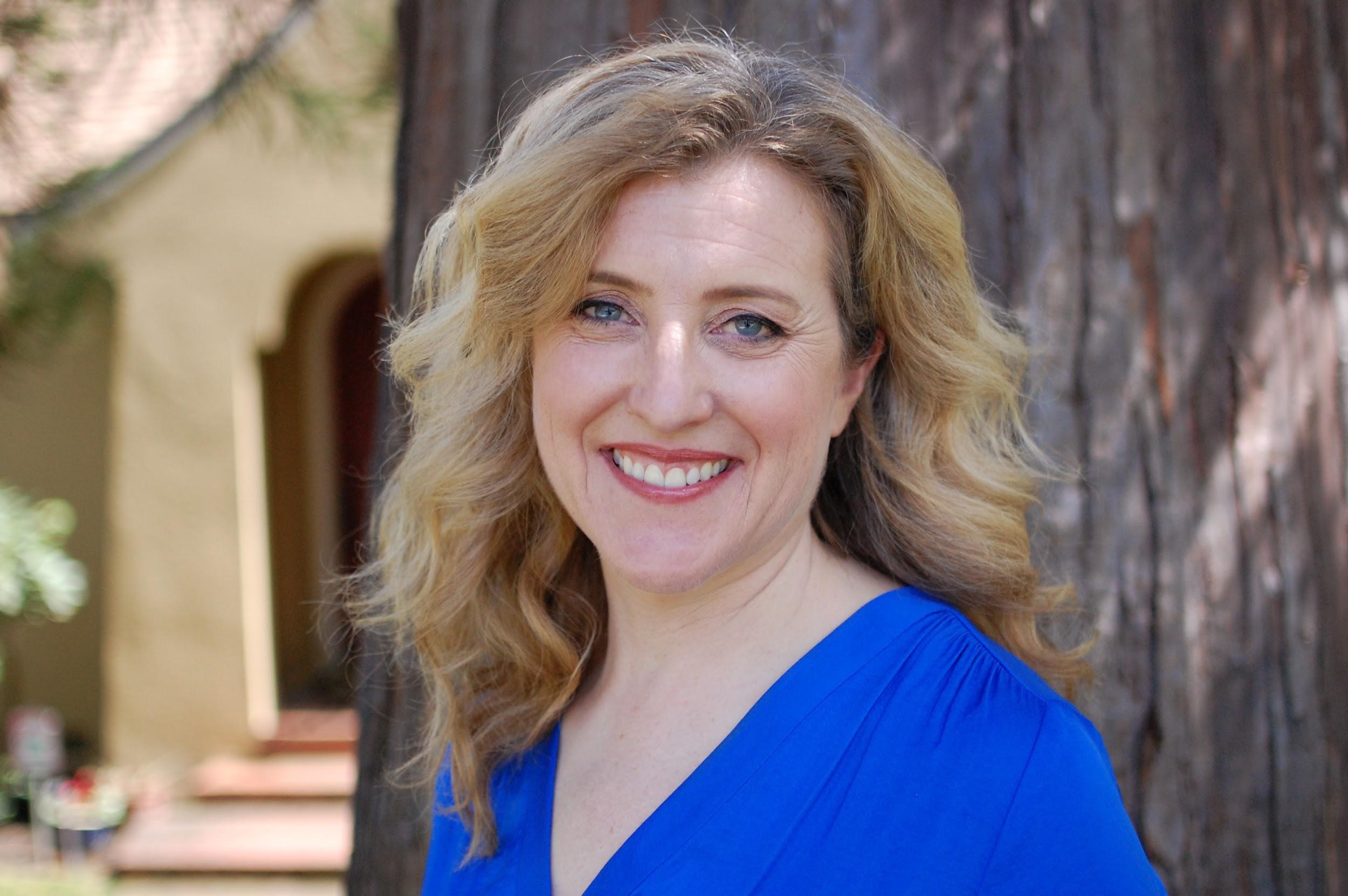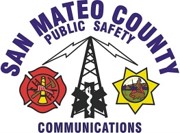Program I Bios and Presentations I Q&A I Resources I Increasing Wildfire Safety I Future Actions
Time stamps here.
San Mateo County weather is changing, and our vulnerability to wildfire is greater than it has been in the past. The cost of fighting wildfires is increasing exponentially and insurance companies are leaving areas in the hazard zones. The Loma Prieta Chapter hosted the Peninsula Wildfire Safety Summit for officials and residents to increase basic understanding of fire, provide information about what people can do to reduce their vulnerability to fire, encourage early detection, encourage residents and neighborhoods to get involved, and to find out what local governments are already doing.
 "Thank you Sierra Club for hosting this informative summit! Important regional risk assessment and planning work is underway to make our communities safer. I appreciate Sierra Club's leadership in promoting fire-resistant home improvements, and thoughtful land-use decisions in transition zones between wildlife and urban living. Fires do not respect city borders. In the "new normal" of climate change, we need solutions that consider the health and safety of residents, as well as our cherished natural environment."
"Thank you Sierra Club for hosting this informative summit! Important regional risk assessment and planning work is underway to make our communities safer. I appreciate Sierra Club's leadership in promoting fire-resistant home improvements, and thoughtful land-use decisions in transition zones between wildlife and urban living. Fires do not respect city borders. In the "new normal" of climate change, we need solutions that consider the health and safety of residents, as well as our cherished natural environment."
-- Emily Beach, Vice Mayor, City of Burlingame To the Loma Prieta Sierra Club
What can we do to reduce wildfires?
We must ramp up efforts to address the climate crises, which is causing the increase in sever fires. This will require reducing greenhouse gas emissions and increasing carbon sequestration as quickly as possible.
Some of the things we need to do to address climate change are drive less and when we do drive fuel-efficient or electric cars, walk and bike more, use public transportation, fly less, retrofit or build energy-efficient houses and infrastructure, utilize renewable electricity to heat buildings instead of gas, eat less red meat.
What can we do to reduce our vulnerability to wildfire?
The most important things home-owners can do is to make their houses of non-flammable materials. Six of the seven factors that cause fires are related to houses. The remaining factor is the vegetation, which must be reduced within the 100 feet of the house to create defensible space. Locating a house in a wilderness area or canyon, where a quarter of Californians now live, increases wildfire risk. Take the assessment of your home as fuel in a wildfire and work to reduce it.
However, the primary focus of state government and PG&E for reducing wildfire risk has been to remove trees and underbrush. Much of the forest thinning recommended by the state is miles beyond the needed 100 feet of defensible space. PG&E, prodding by the courts, is putting far more focus on removing trees than upgrading their antiquated infrastructure, which includes bare wire distribution lines.
Removing trees always releases greenhouse gases and eliminates future sequestered carbon. Sometimes it’s necessary to create defensible space or an evacuation route. However, making our homes, business, and utilities able to withstand wildfire will enable us to live more comfortably in the hotter drier windier fire-prone world we live in.
The event is organized with support from the 911 Center of San Mateo County
